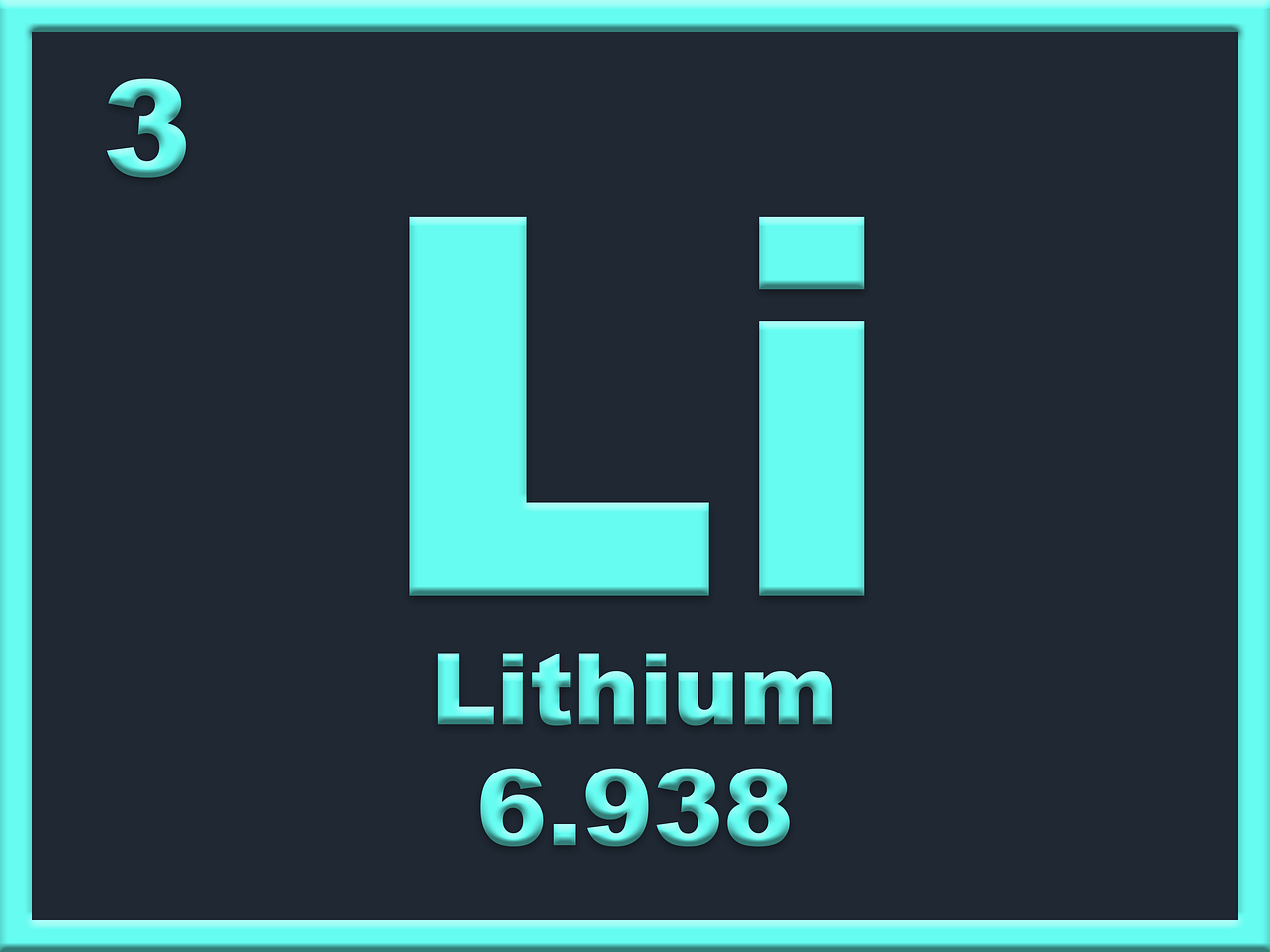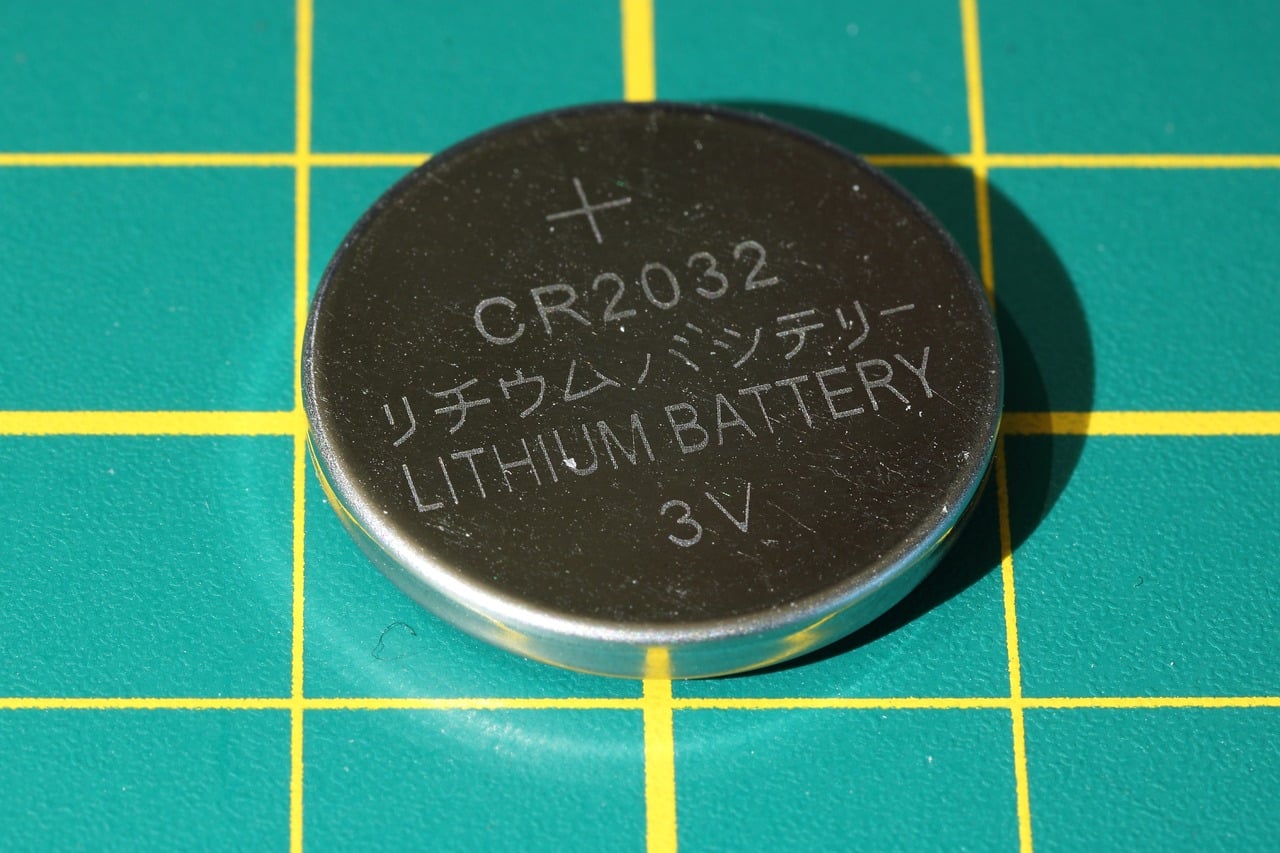
Lithium, with atomic number 3, is an alkali metal that appears in group 1 of the periodic table of elements.
Lithium is the name given to a chemical element that, within the periodic table , is located in group 1 accompanied by other alkaline metals, such as francium , potassium , cesium , sodium and rubidium .
This metal, which is characterized by being very reactive, is recognized as both lithium-6 and lithium-7 as stable isotopes . When investigating sources of lithium in nature, the focus is on the Earth's crust and it is noted that this element , although in no case free, is found in natural salts and some igneous rocks . In this regard, it cannot be overlooked that there are reserves of this mineral in the Uyuni salt flat (located in Bolivian territory) and in the Atacama salt flat ( Chile ), for example.
Lithium characteristics
The characteristics of lithium , an element that the Swedish chemist Johann August Arfvedson discovered in 1817, allow this element to be used in a wide variety of areas.
It is very useful, due to its considerable specific heat , for alloys intended to transfer heat, just as its significant electrochemical potential makes it suitable as an electric battery anode .
This metallic chemical element , with symbol Li , is alkaline , very reactive and, in contact with water or air, shows rapid oxidation . In its pure version it is light, soft and exhibits a white tone with silver tints. It is important to know and consider that it is flammable and corrosive .
As it is a resource that generates benefits when applied as a medicine , when prescribing the intake of lithium carbonate ( lithium salts ) to patients with bipolar disorder, health professionals should not forget that lithium becomes extremely toxic in high percentages. The side effects of lithium also include weight gain or loss, agitation, and motor difficulty due to hand movements that are impossible to master.
Lithium chloride , to add another reference, serves as a desiccant , while lithium hydroxide is intended for air purification in submarines and spacecraft.
The benefits of this chemical element are also observed in ceramics and glasses , lithium lubricants and lithium batteries .

The lithium battery, a high-priced product, is used in the manufacture of portable electronic devices, such as a notebook or a cell phone.
Production and extraction
The production and extraction of the chemical element that motivates this article requires interest in the sources of lithium , lithium mining , extraction processes and the refining procedure , as well as not ignoring issues associated with the reserves of this mineral and the impact environmental of this product.
According to research, the exploitation of this resource has negative consequences for nature and many people. In this framework, wetlands are harmed because an alarming amount of water is lost and there is the possibility of soil salinity, there are chances of spills and leaks, there is water contamination , deforestation and toxic waste affects the populations near the drilling work to obtain lithium .
The refinement stage, on the other hand, can add another risk to the environment because it is an intensive activity at a chemical and energy level.
Fortunately, within the scientific community they are trying to find sustainable solutions. The energy transition , framed in a medium and long-term sustainability plan, aims to adopt clean technologies on an international scale that shorten times and improve the conditions for obtaining lithium in order to avoid further damage to ecosystems and populations.

Remote control cars and watches are some of the products that run on one or more lithium batteries (popularly known as button batteries).
Lithium in batteries and electric vehicles
Lithium is present in batteries and electric vehicles , among many other elements.
Lithium batteries (whose energy profile, that is, the link between the required charging time and battery wear, is high) power, for example, modern devices such as phones, tablets and notebooks. The Li-ion technology of lithium-ion batteries where lithium oxide is used also powers wireless speakers. The biggest disadvantage of this kind of resource? Its high cost.
Batteries for electric vehicles find an excellent ally in lithium , but demand is so high that there are those who already estimate that, from 2025 onwards, this mineral will be a scarce commodity. For this reason, added to the high price of these energy sources and the precautions that must be taken to minimize the risk of accidents linked to the use of lithium , hard work is being done to find profitable and efficient replacements. According to several reports, experiments are being carried out with sulfur and sodium in an attempt to reduce the negative aspects of this combination as much as possible. Simultaneously, it is not ruled out that solid-state batteries (fast charging, capable of storing a lot of energy and with low risk of catching fire) that are made from of sulfites, ceramics, glasses or solid polymers.
